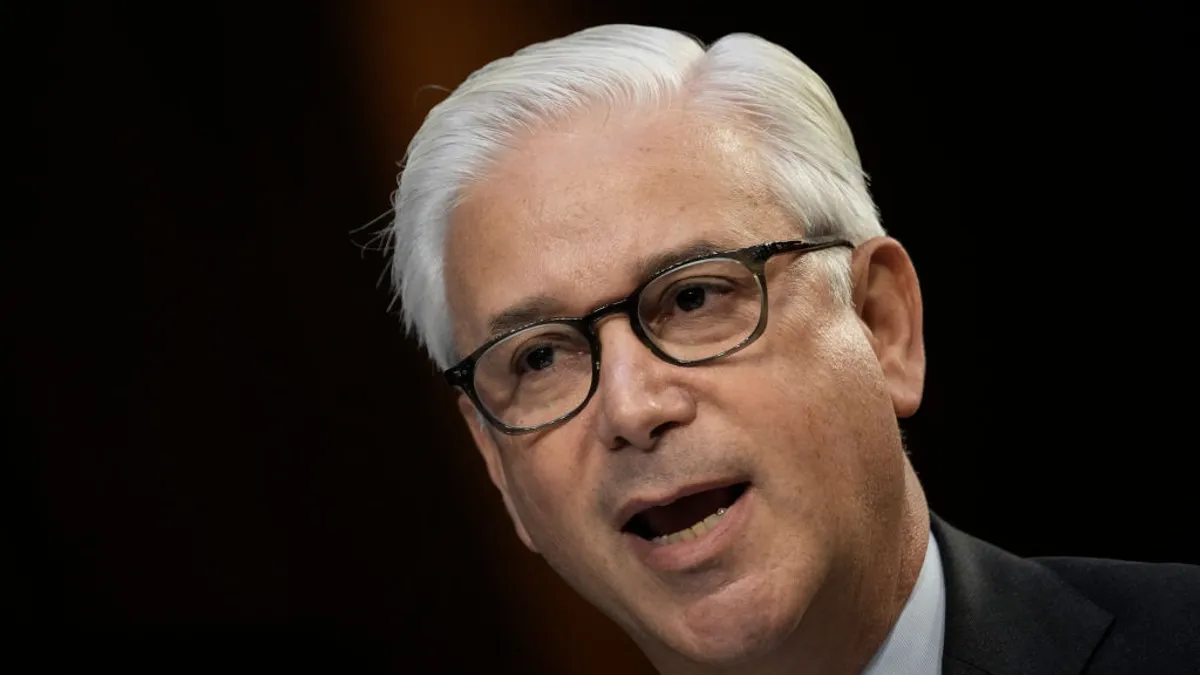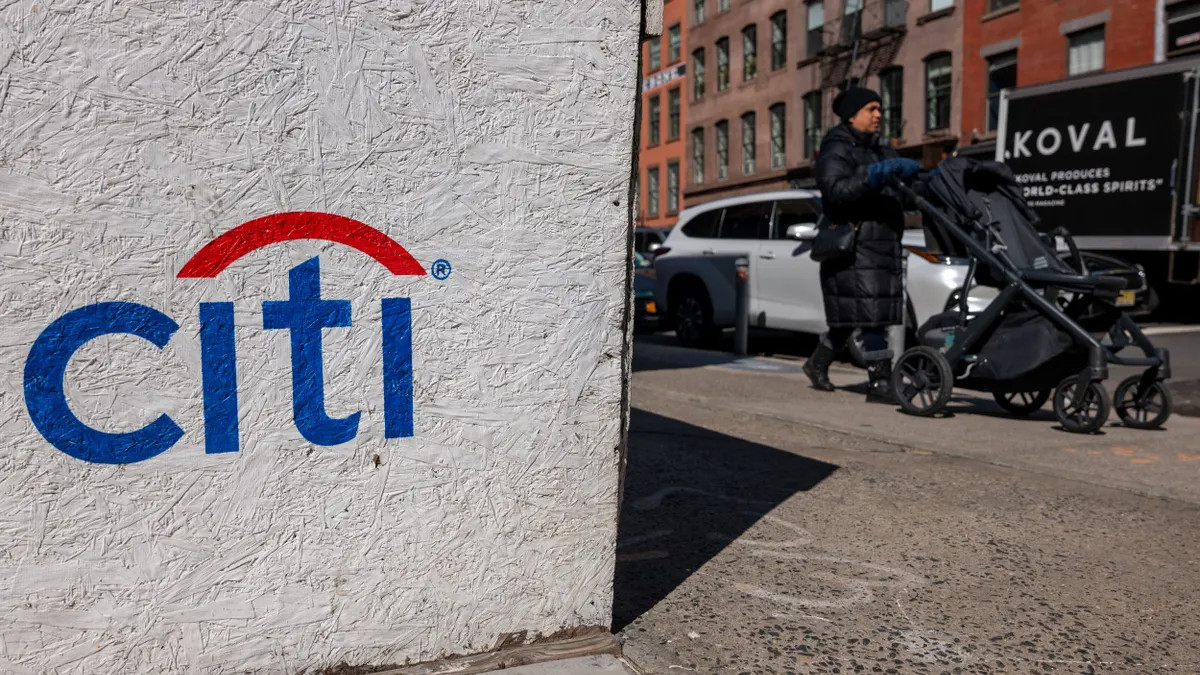The Federal Reserve, Office of the Comptroller of the Currency (OCC), and Federal Deposit Insurance Corp. (FDIC) proposed a raft of updates Thursday to the Community Reinvestment Act (CRA), the 1977 law requiring banks to detail how they lend in low-income areas.
The measure, enacted to ensure banks are not engaging in discriminatory “redlining,” had come under fire in recent years because it hadn’t undergone a significant overhaul since 1995. Banks’ branch footprints were central to the metrics of CRA tests, but the proliferation of mobile and online banking necessitated change, advocates said.
But even the changes themselves have been the subject of debate in regulatory circles. The OCC in May 2020, under Trump-era Comptroller Joseph Otting, pushed a 372-page revamp of the rule that drew flak for not garnering the support of the Fed or the FDIC. It was also criticized for the torrid pace at which it was issued.
Acting Comptroller Michael Hsu in December rescinded the CRA’s 2020 update, reverting the rule to its 1995 form.
Under changes proposed Thursday, branch-centric “facility-based assessment areas” would still be used to measure how banks are meeting CRA specifications. Large banks, though, must also consider areas with concentrations of mortgage and small-business lending.
Thursday’s proposal would let large banks consider community development activities nationwide as a separate metric. It also clarifies what constitutes community development — a designation that would include investments in childcare, education, workforce development, job training, health services, financial literacy efforts and revised parameters for affordable housing.
The proposed rule would also emphasize smaller-value loans and investments that would have a “high impact” on poor neighborhoods.
Banks would be subject to up to four tests under Thursday’s proposal: one for retail lending; retail services and products; a community development financing; and community development services. While large banks must be evaluated under the new metrics, small and intermediate banks can choose to be measured by existing ones, or a combination of new and old tests.
Failing a CRA test is fairly rare — though regulators can bar banks from mergers and acquisitions if they do.
Thursday's proposal adjusts the asset totals categorizing small, intermediate and large banks. Institutions with less than $600 million in assets would be considered small. Those with more than $2 billion in assets would be deemed large. And banks with between $600 million and $2 billion would be intermediate.
Regulators are accepting comments on the proposal through Aug. 5 — a prospect that a Republican Fed governor indicated would be telling.
“I believe the ensuing process should answer important questions about the costs and burdens of the proposal on banks of different sizes, and whether the overall benefits ultimately outweigh the costs,” Fed Gov. Michelle Bowman said in a statement.
Clarifying the list of applicable community development activities, she said, will help banks “know in advance of spending significant time and money whether to engage” in those efforts.
Bowman also, however, cited the added burden on banks with more than $10 billion in assets, noting they “would have to collect and report extensive new information on deposit accounts, automobile loans, usage of mobile and online banking services, and community development loans and services, as well as detailed information about branches.”
The Fed’s incoming vice chair, Lael Brainard, said in a separate statement, “This is the first time in decades we have made substantial changes to the CRA regulation, and it is essential to get reform right."
At least one banking trade group, the Consumer Bankers Association, heralded the proposal Thursday for its "focus on providing banks with the clarity, consistency, and transparency necessary to continue delivering on CRA's important mission for years to come."
The proposal wouldn’t apply to the nonbanks that originate roughly three-quarters of government-backed home loans, Jesse Van Tol, CEO of the National Community Reinvestment Coalition, noted, according to The Wall Street Journal.
Some states — New York, recently — have extended CRA requirements to nonbank mortgage companies. And Fed Chair Jerome Powell last year suggested such companies should have similar regulation.






















